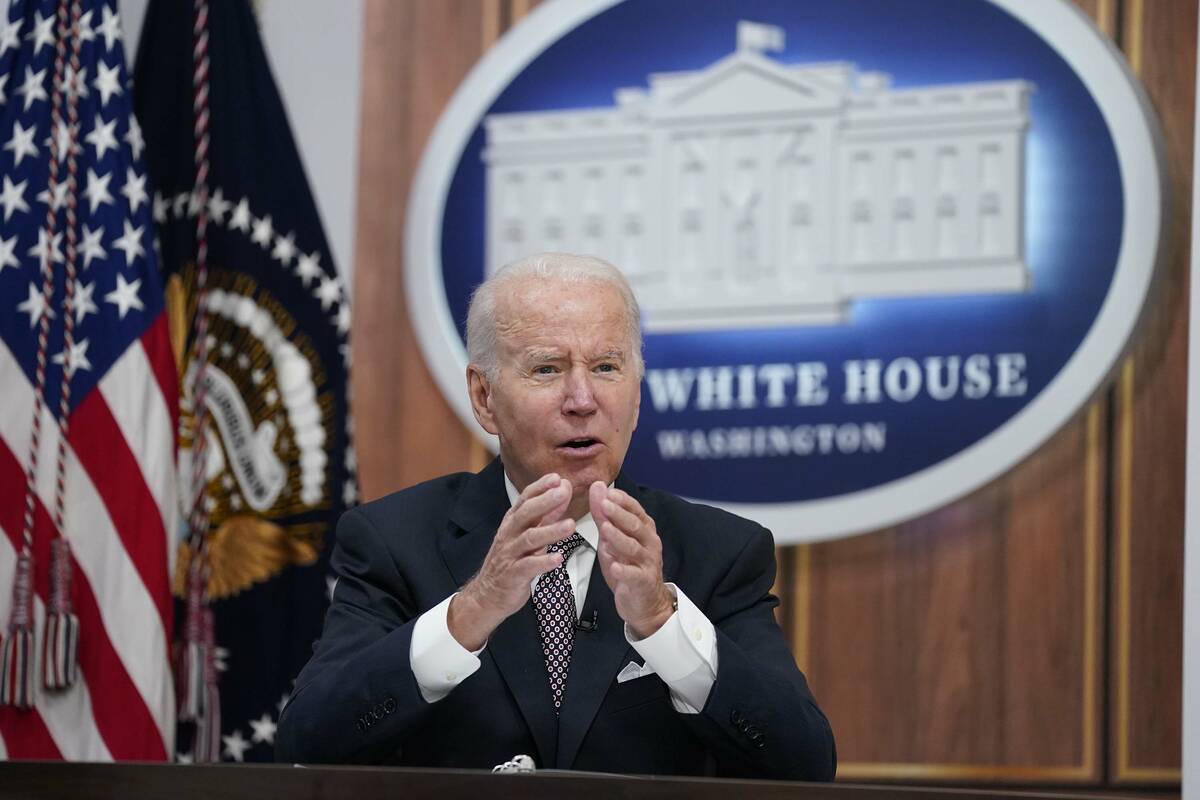COMMENTARY: Re-examining the federal regulatory burden
It’s budget time again — and the one President Joe Biden proposed is a beaut!
Biden’s budget proposal is the kind of thing only a progressive could get enthused about it. It grows the executive branch’s regulatory power, takes total yearly spending to nearly $10 trillion by 2033 (up from just more than $6 trillion now, post-COVID) and depends on increased regulatory enforcement actions to bring in additional revenue.
That last idea is especially bad. Biden ran for the nomination as the moderate alternative to Vermont Sen. Bernie Sanders, but he’s governing as Sanders. The federal government’s capacity to print and borrow money is just about infinite, so there’s little to stop his planned growth in government from happening.
You can blame the politicians all you want. What they’re doing, Democrats and Republicans alike, reflects what they believe are the wishes of the people who put them in office.
It’s often said Americans want more government than they’ll pay for. That’s not quite true. What we want is the illusion of safety and security and to be protected from the adverse consequences of bad choices without having to consider the costs.
That’s especially true when the subject turns to government regulation of the economy, where the costs are not transparent, the benefits are hard to define and the reality doesn’t match the rhetoric.
Consider the collapse of Silicon Valley Bank. Many of the so-called experts were quick to point to the relaxation of federal banking rules set by the Dodd-Frank law by Donald Trump as the reason it failed. That’s a great story for regulation-happy politicians who want to even more burdensome rules. But it’s not accurate. It’s already been shown the regulators who were supposed to keep watch were asleep at the switch. Some economists think it may be that the regulations already on the books helped drive SVB out of business.
By some estimates, the regulations issued during Biden’s first two years drained more than $300 billion from the economy. That’s a 50 percent increase over Barack Obama’s first two years and eight times more expensive than the rules released in all four years of the Trump administration.
The Biden numbers reflect the 443 final rules issued through late October 2022, which required roughly 193 million hours of compliance paperwork across the nation, according to data collected by the American Action Forum, a public policy group. By contrast, the Trump administration released 500 final rules in its first two years that saved the economy an estimated $3.4 million and took up 500,000 hours of compliance time.
It’s time to talk about which approach worked better.
Business groups such as the U.S. Chamber of Commerce and others understand from their members that too much regulation kills jobs, lowers wages and causes economic growth to stagnate. Rather than vilify these groups as the media and the liberal special interests invariably do, we should listen to their arguments more carefully.
Government overreach and excessive regulation by the Biden administration is crippling businesses, stifling economic growth and infringing on our freedoms. Not all regulation is bad, but if we keep accepting the predictions of doom and gloom that come from the special interests and politicians who promote more government intervention in the marketplace, things will get worse.
Peter Roff, a former UPI and U.S. News &World Report columnist and political writer, is now affiliated with several Washington-D.C.-based public policy organizations.

















